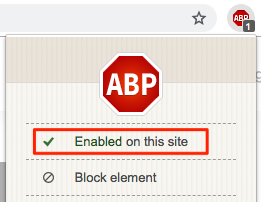
Transaxillary Robotic Total Thyroidectomy
April 5, 2012
Pier C. Giulianotti (Chicago – USA) Micaela Piccoli (Modena – Italy)
GROSSETO:
A 62 years old female presented a multinodular goiter with a 2 cm nodule in the right thyroid lobe that a fine needle aspiration cytology revealed to be at the highest risk for cancer (TIR 4).
The patient underwent 5 years ago a right mastectomy with right axillary limphoadenectomy for cancer and then adjuvant radiotherapy.
A decision was taken to approach the left side.
The procedure starts with a 5 cm longitudinal incision along the anterior pillar of the left axilla.
A subcutaneous tunnel above the pectoralis major muscle fascia is performed to reach the left lateral cervical region. The access to the left thyroid lobe is achieved between the two head of the sternocleidomastoid muscle.The sternal head of the left sternocleidomastoid muscle and the pre thyroid muscles are lifted by a retractor. The robotic cart is placed near the operative field and the left thyroid lobe is exposed. The thyroid vascular pedicles and the middle thyroid vein are isolated and transected by the ultrasonic shears. The parathyroid glands and the laryngeal nerve are well designed and preserved.
The isthmus, that presents a 2 cm nodule, is isolated from trachea and then sectioned. The same procedure is performed in the right side where a 2 cm nodule in the lower pole is evident.
A very good retraction to perform the same procedure on the right side is mandatory.
After the procedure a Jackson-Pratt drain is placed.
The operative time was 150 minutes. The patient was discharged two days after surgery in good condition. No hypocalcemia and no laryngeal deficit were evident. Final pathological diagnosis was papillary cancer. MODENA
MODENA:
The left side arm is raised and fixed. A 5-6 cm vertical skin incision is made in the left axilla and subcutaneous skin flap is dissected over the anterior surface of the pectoralis major muscle. The dissection is approached through the avascular space of the sternocleidomastoid muscle branches and beneath the strap muscle until the controlateral lobe. An external retractor (Baggiovara reetractor) is then unserted through the skin incision and raised using a lifting device. The four robotic arms are inserted through the same axillary incision. All vessel dissections and ligations are performed using the harmonic scalpel. The superior thyroid vessels of the left lobe are identified and divided with some difficulties due to the dimension of the nodule in the upper pole. The thyroid gland in then retracted medially. Careful dissection is perform to identify the recurrent laringeal nerve and parathyroid glands. The left lobe is dissected from the trachea. Controlateral lobe dissection is performed using the same method, identifying and sparing the controlateral laingeal nerve. A small closed suction drain is inserted through a separate skin incision under the axillary skin incision. The wound is closed cosmetically.







